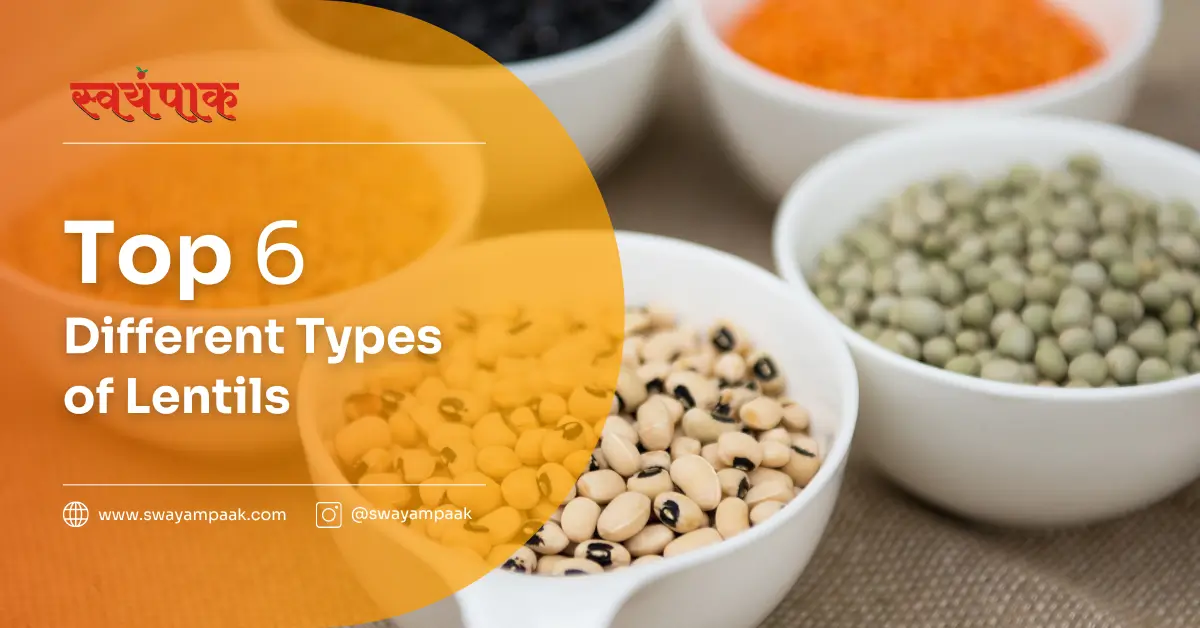Lentils are a versatile and nutritious legume that has been a staple in diets around the world for centuries. These small, lens-shaped seeds come in a variety of colours and sizes, each with its unique characteristics and uses.
This article will introduce you to the different types of lentils, discuss their benefits, and provide some ideas for incorporating them into your diet.
Here is a list of different types of lentils, along with their English names. In this article “Different types of lentils”, we will embark on a delicious journey to explore the diverse world of lentils.
Different types of lentils
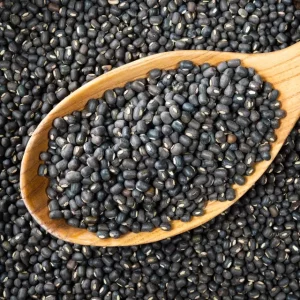
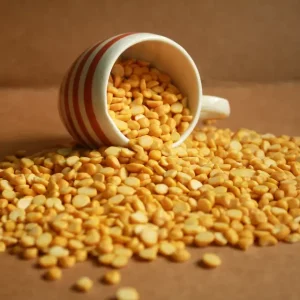
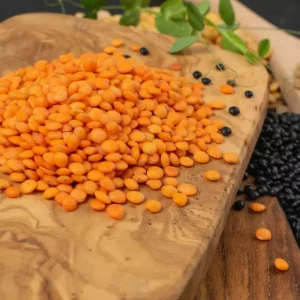
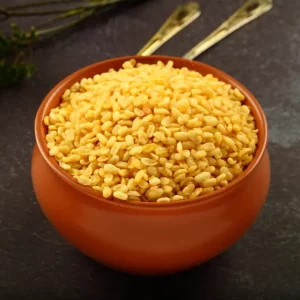
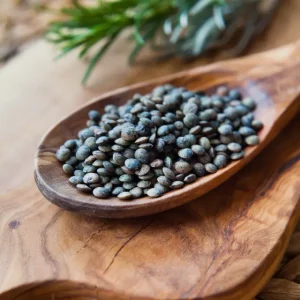
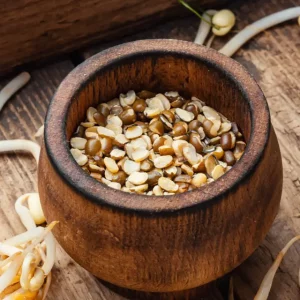
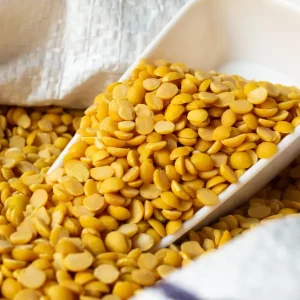
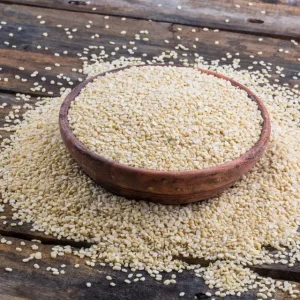
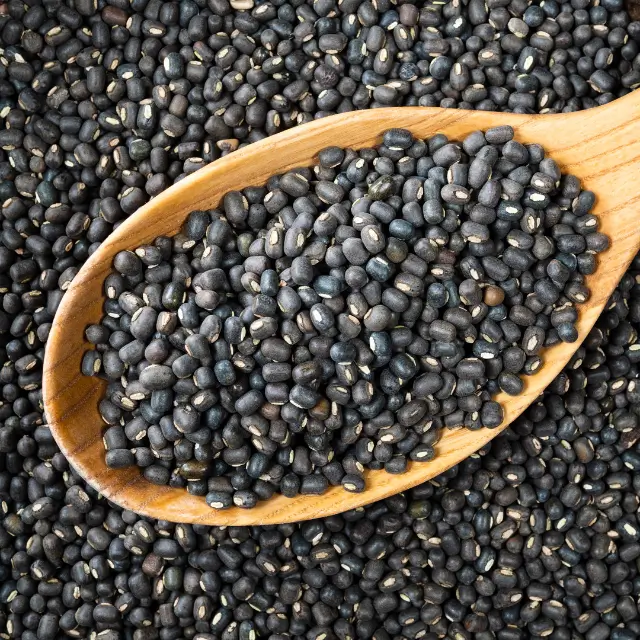
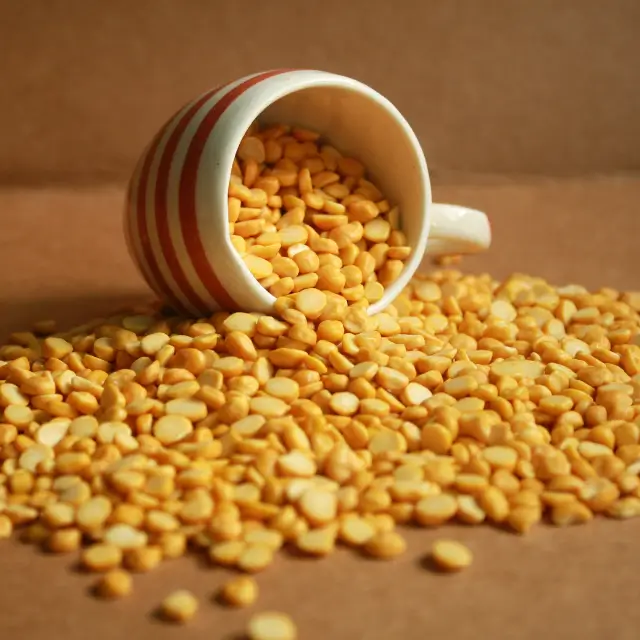
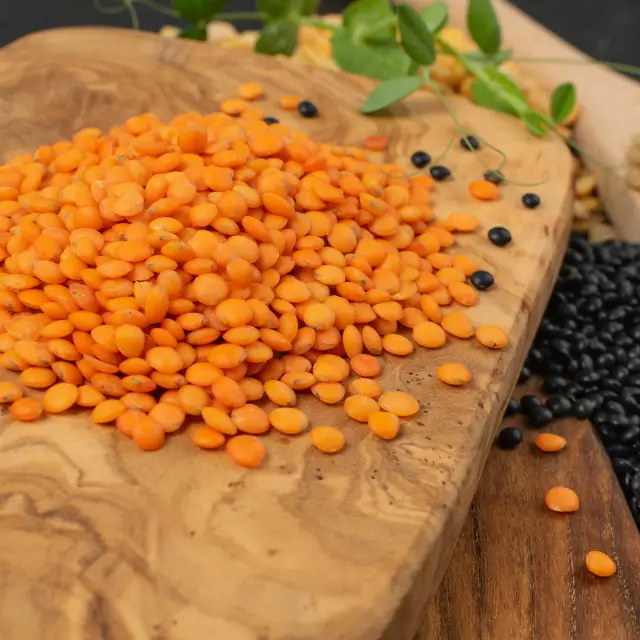
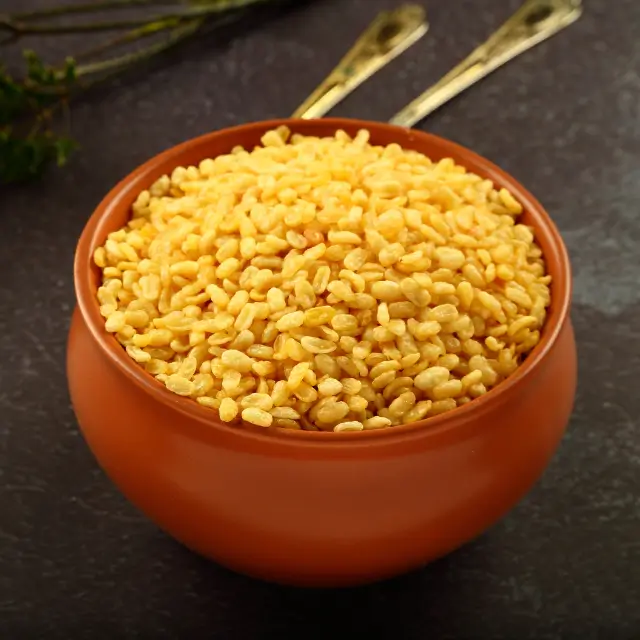
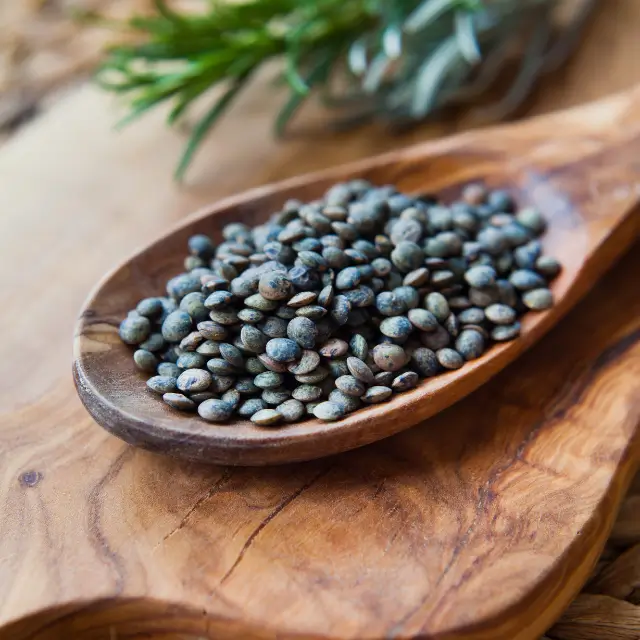
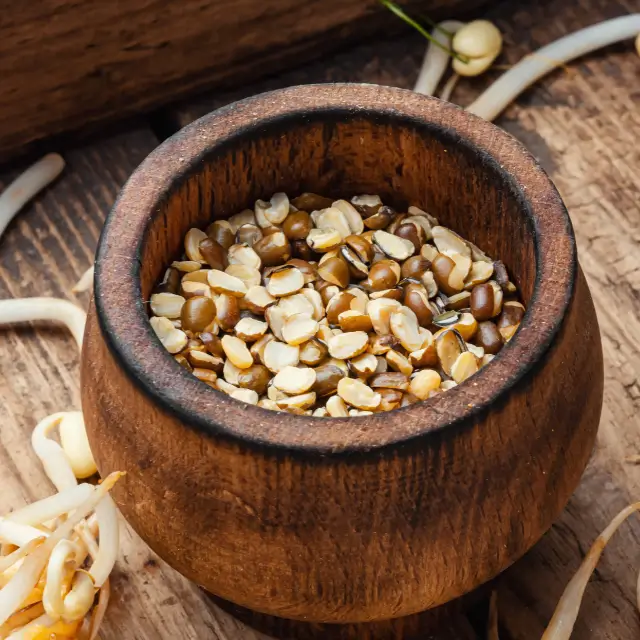
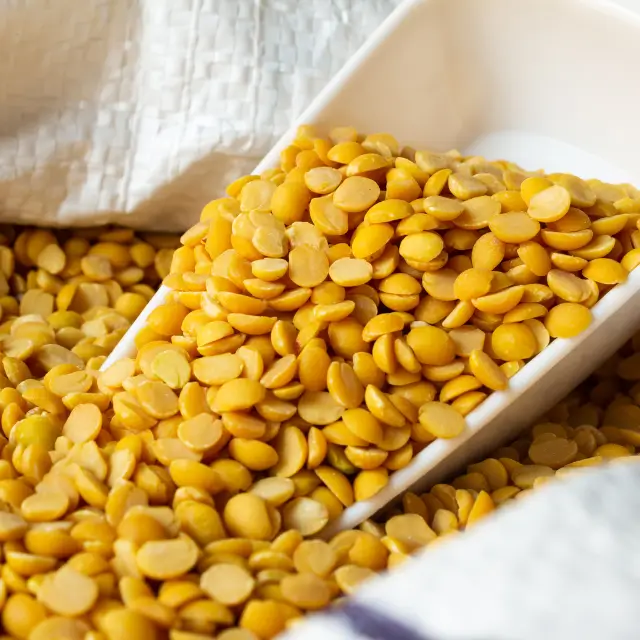
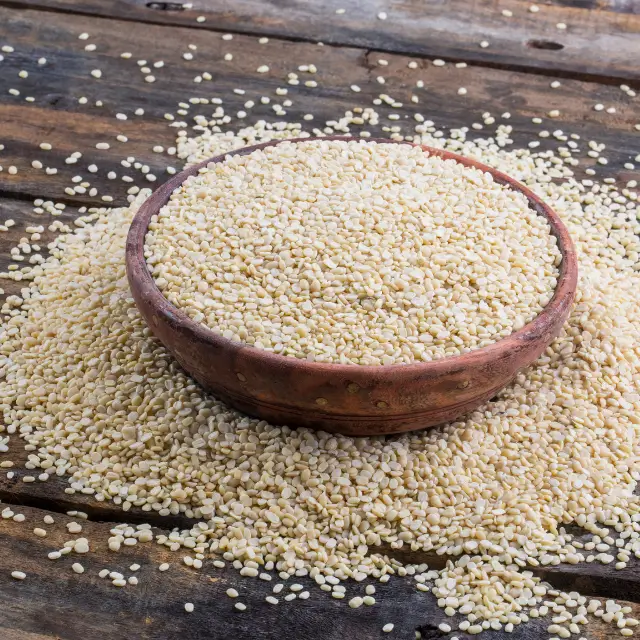
Lentils are a member of the legume family and are packed with essential nutrients. They are an excellent source of protein, fibre, and complex carbohydrates, making them a great addition to any diet.
Lentils are also low in fat and cholesterol-free, making them a healthy option for those looking to improve their overall well-being.
All these types of lentils are used to make curries and dal that go with various types of roti in India.
Benefits of Incorporating Lentils into Your Diet
Incorporating lentils into your diet can have numerous health benefits. Firstly, lentils are rich in dietary fibre, which helps regulate blood sugar levels, promote digestive health, and prevent constipation. Additionally, lentils are an excellent source of plant-based protein, making them an ideal choice for vegetarians and vegans.
Lentils also contain iron, which is essential for the production of red blood cells and for preventing iron deficiency anaemia. Furthermore, lentils are full of vitamins and minerals, including folate, magnesium, and potassium, which are vital for overall health and well-being.
Different Types of Lentils
There are several common types of lentils, each with its distinct characteristics and uses. Some of the most popular types include green lentils, brown lentils, red lentils, black lentils, French lentils, and yellow lentils. Let’s explore each type in more detail.
Green Lentils
Green lentils reign supreme as the most popular lentil variety, and for good reason. Their vibrant colour, ranging from pale green to khaki, adds a delightful visual element to any dish. But their true magic lies beyond aesthetics.
Green lentils boast a complex flavour profile, offering a unique combination of earthy richness with subtle peppery notes. This distinctive taste shines in both warm and cold applications.
Unlike some lentils that turn mushy upon cooking, green lentils maintain their satisfyingly firm texture. This characteristic makes them a versatile ingredient, equally at home in hearty stews and refreshing salads.
In soups and stews, they lend a delightful bite alongside other vegetables and meats. At the same time, their ability to hold their shape allows them to retain their integrity in salads, adding both flavour and textural contrast to leafy greens and other ingredients.
In India, there are several types of green lentils, each with its own unique characteristics and culinary uses. Here are some common green lentils along with their Indian names:
- Whole Green Lentils (Sabut Moong): These are small, round, and green lentils with a rich earthy flavour. They are commonly used in salads, soups, and stews.
- Split Green Lentils (Moong Dal): These are whole green lentils that have been split and hulled. They cook faster than whole green lentils and are commonly used in various Indian dishes, including dal (lentil curry) and khichdi.
- French Green Lentils (Puy Lentils): Also known as Puy lentils, these are a type of green lentil with a dark green colour and a slightly peppery taste. They hold their shape well when cooked and are often used in salads and side dishes.
- Black Gram Lentils (Urad Dal): While black gram lentils are commonly black, the split and hulled version is often green. It is used to make dishes like Dal Makhani and idli batter.
- Green Pea Lentils (Matar Dal): These lentils are made from green peas and are used in various Indian dishes. They are often combined with other lentils or vegetables to create flavorful and nutritious meals.
- Green Lentils (Hara Chana): These are young, tender green chickpeas that are often used in salads and snacks. They are not technically lentils but are sometimes referred to as such.
Brown Lentils
Brown lentils hold a wealth of nutritional benefits. They boast an impressive protein content, making them a valuable source of plant-based protein, particularly beneficial for vegetarians and vegans.
Additionally, they are packed with fibre, contributing to gut health and promoting satiety. Brown lentils also contain essential minerals like iron, folate, and potassium, crucial for maintaining overall well-being.
But the culinary charm of brown lentils goes deeper than their nutritional prowess. Their ability to hold their shape during cooking allows them to take on a variety of textures.
They can be enjoyed al dente in salads, providing a satisfying bite, or simmered until tender for a comforting and creamy texture in soups and stews.
The mild, earthy flavour of brown lentils acts as a blank canvas, readily absorbing the aromatics and spices used in various cuisines. This makes them perfect for curries, dals, and lentil stews, where they readily soak up the vibrant flavours of the dish.
There are two main types of brown lentils, each with its own characteristics and culinary uses:
- Whole Brown Lentils (Sabut Masoor): These are whole brown lentils that retain their outer skin. They have a rich, earthy flavour and hold their shape well when cooked. Whole brown lentils are often used in stews, soups, and salads.
- Split Brown Lentils (Masoor Dal): These are whole brown lentils that have been split and hulled. Split brown lentils cook faster than their whole counterparts and are commonly used in Indian dishes such as masoor dal curry. They have a reddish-brown colour when split.
Both types of brown lentils are rich in protein, fibre, and various nutrients, making them a nutritious choice for vegetarian and vegan diets. The names mentioned here are commonly used in Hindi and English, and regional variations may exist in different parts of India.
Furthermore, brown lentils readily take centre stage in vegetarian and vegan meals. Their hearty texture and protein content make them a satisfying meat substitute. Mashed and seasoned, they can be formed into flavorful lentil burgers or used as a base for vegetarian “meatloaf.”
From quick and easy salads to hearty and comforting main courses, brown lentils offer endless culinary possibilities, waiting to be explored by adventurous home cooks.
Red Lentils
Red lentils, also known as “chameleons” in the kitchen, can be used in a lot of different ways and cook quickly. Because they are small, they can soak up the tastes of the foods around them like a sponge. To this, they naturally add a sweet and nutty flavour that makes any dish taste better.
The fact that they get mushy when cooked is not a flaw, but a strength. It turns them into the best thickener, which makes soups, stews, and sauces smooth and creamy.
Red lentils are very useful, but they also taste great in many different types of food. In India, they are used as the base for hearty dals like the traditional Masoor Dal, which is often spiced with cumin and turmeric to make it warmer.
In the Middle East, they are made into smooth lentil soups like Mujaddara, made with rice and onions that have been caramelized.
Black Lentils
There are many ways to use black lentils in cooking. Their hard texture keeps them from getting too soft in salads, which is something that can happen with other lentils.
Because of this, they are great for cold dishes like lentil salads with herbs, chopped veggies, and a light vinaigrette.
They taste great with roasted veggies, creamy dressings, and even fruity things like pomegranate seeds or dried cranberries because their earthy flavour goes well with many things.
When cooked warm, black beans taste great too. They give rich stews and soups a different texture and a boost of protein, and their unique bite stays even after long cooking times.
There are two main types of black lentils, each with its own characteristics and culinary uses:
- Whole Black Lentils (Sabut Urad): These are whole black lentils with the outer skin intact. They are small, round, and black, with a white interior. Whole black lentils have a robust, earthy flavour and are often used in dishes like Dal Makhani, where they are cooked for an extended period to achieve a creamy texture.
- Split Black Lentils (Urad Dal): These are whole black lentils that have been split and hulled. Split black lentils cook faster than their whole counterparts and are commonly used in various Indian dishes, including dosa batter, idli batter, and various types of dals (lentil curries).
Black lentils, in both whole and split forms, are rich in protein and are a staple in Indian cuisine. They are versatile and can be used in a variety of savoury dishes.
When used as a base for grain bowls, they can be mixed with fluffy quinoa, brown rice, or even couscous to make a protein-rich and filling dish. That deep, earthy flavour goes well with all the other flavours in the bowl, like the roasted veggies, sauces, and pickled vegetables.
Additionally, black beans have a lot of health benefits. Because they are high in protein and fibre, they make you feel full and keep you feeling full for longer. They are also a good source of iron, folate, and vitamins, which makes them a healthy food choice.
So, the next time you need a flexible, healthy ingredient, think about the humble black lentil. It’s a hidden gem in the kitchen that can be used in a million different ways.
French Lentils
French lentils, which are also called Puy lentils, are dark green and taste spicy.
French lentils, which are also called Puy lentils, are not like other beans. The dark green colour of these beans, which looks like a forest after a light rain, gives you a hint of how good they taste.
When cooked, many lentils become mushy, but French lentils keep their shape amazingly well, giving you a satisfying bite every time. Imagine tiny green beads hidden in your salad greens.
Each bite would give you a burst of peppery, earthy flavour. Because of this great quality, they are great for salads and side dishes where you want both texture and taste.
But they can be used in a lot more ways than just salads. French lentils are very flexible because their delicate texture lets them soak up the flavour of other ingredients.
They taste best in soups that are cooked slowly so that the vegetables get soft and the rich, earthy flavours of the vegetables add to the broth. You can eat them cold too, mixed with fresh herbs, a simple vinaigrette, and a little vinegar for a healthy and refreshing salad.
Yellow Lentils
In many Indian cooking shows, yellow lentils, which are also called split yellow peas, are the star. Their mild, nutty taste goes well with the bright spices that make Indian food what it is, which makes them a popular and useful ingredient.
These little powerhouses cook incredibly quickly, which is great for busy weeknights. Their smooth texture turns into creamy dals, hearty stews, and warm curries.
But that’s not the end of their trip. Yellow lentils can be used in sweet or savoury meals, or they can be ground into a flour called besan.
There are different varieties of yellow lentils, and they are widely used in Indian cuisine. Here are a couple of types along with their Indian names:
- Split Pigeon Peas (Toor Dal or Arhar Dal): These are yellow lentils that have been split and hulled. Toor dal is one of the most commonly used lentils in Indian cooking. It has a mild, nutty flavour and is often used to make various types of dals (lentil curries), soups, and stews.
- Split Yellow Moong Lentils (Moong Dal): While moong dal is generally green when whole, the split and hulled version appears yellow. It has a mild, slightly sweet flavour and is commonly used in a variety of dishes, including soups, khichdi (a rice and lentil dish), and desserts.
- 3. Chana Dal (Split Chickpeas): Chana dal is made from split and hulled chickpeas (chana). It has a yellow colour and a slightly sweet, nutty flavour. Chana dal is widely used in Indian cuisine and is a key ingredient in dishes such as chana dal curry, various lentil soups, and certain sweets.
This magic flour can be used to make fluffy pakoras (fritters), cheelahs (savoury pancakes that melt in your mouth), and even chole, the ever-popular potato and chickpea soup. Besan is the main ingredient in a lot of tasty snacks and street foods in India. This shows how versatile this simple bean is.
Cooking with Different Types of Lentils – Recipes and Ideas
There are countless ways to cook and enjoy lentils. You can add them to soups, stews, and curries for a hearty and nutritious meal. Lentils also work well in salads, grain bowls, and vegetarian patties. Here are a few recipe ideas to get you started:
- Lentil and vegetable curry: Saute onions, garlic, and spices in a pan, then add lentils, vegetables, and coconut milk. Simmer until the lentils are tender and serve over rice or with naan bread.
- Lentil salad with roasted vegetables: Toss cooked lentils with roasted vegetables, such as bell peppers, zucchini, and cherry tomatoes. Drizzle with a simple vinaigrette and top with fresh herbs.
- Lentil burgers: Combine cooked lentils with breadcrumbs, eggs, and your favourite seasonings. Form into patties and cook in a skillet until golden brown. Serve on a bun with your favourite toppings.
Nutritional Value of Lentils
Lentils are not only delicious but also packed with essential nutrients. They are an excellent source of plant-based protein, providing around 18 grams per cooked cup.
| Nutrient (per 100g) | Whole Green Lentils | Split Red Lentils | Whole Brown Lentils | Split Yellow Lentils | Chana Dal (Split Chickpeas) |
|---|---|---|---|---|---|
| Calories | 106 | 116 | 353 | 347 | 160 |
| Protein | 7.5g | 8.2g | 24.6g | 24g | 8.9g |
| Carbohydrates | 20g | 20g | 63g | 63g | 27g |
| Fiber | 8g | 8g | 11g | 16g | 15g |
| Fat | 0.4g | 0.4g | 1.5g | 1.5g | 4.6g |
| Iron | 4.8mg | 2.9mg | 6.5mg | 4.3mg | 4.3mg |
| Magnesium | 27mg | 35mg | 71mg | 76mg | 78mg |
| Phosphorus | 180mg | 180mg | 335mg | 330mg | 168mg |
| Potassium | 369mg | 369mg | 955mg | 861mg | 875mg |
| Zinc | 1.5mg | 1.5mg | 3mg | 2.7mg | 2.8mg |
| Folate (B9) | 44mcg | 181mcg | 181mcg | 120mcg | 291mcg |
| Vitamin C | 2mg | 0.5mg | 2mg | 4.5mg | 4.2mg |
Lentils are also high in dietary fibre, with about 15 grams per cup, which aids in digestion and promotes feelings of fullness. Additionally, lentils are a good source of iron, folate, magnesium, and potassium, all of which are important for maintaining a healthy body.
Where to Buy Lentils and How to Store Them
Lentils can be found in most grocery stores and are often sold in the dried form. Look for them in the bulk section or the aisle with other dried beans and legumes.
When purchasing lentils, choose ones that are firm, dry, and free from any signs of moisture or insect damage.
To store lentils, keep them in an airtight container in a cool, dark place, such as a pantry or cupboard. Stored properly, lentils can last for up to a year.
Conclusion
In conclusion, the humble lentil emerges as a culinary gem, offering a plethora of health benefits and versatile culinary applications. From the protein and fibre punch of brown lentils to the quick-cooking convenience of red lentils, there’s a lentil variety for every dietary need and taste preference.
Their impressive nutritional profile boasts essential vitamins and minerals, making them a valuable addition to any diet.
They are a rich source of plant-based protein, making them especially beneficial for vegetarians and vegans seeking alternative protein sources. Additionally, their high fibre content promotes gut health and aids in digestion.
Beyond their nutritional prowess, lentils shine in the kitchen thanks to their remarkable versatility. They can be transformed into hearty stews and soups, creamy dals and dips, or even moulded into veggie burgers and savoury patties.
Their ability to absorb flavours beautifully allows them to adapt to various culinary styles, from Indian curries to Mediterranean salads.
So, ditch the monotony and embrace the culinary adventure that lentils offer. Experiment with different cooking methods, explore diverse cuisines and discover the unique flavours each lentil variety brings to the table.
With countless culinary possibilities and a wealth of health benefits, lentils are a nutritious and delicious choice that deserves a permanent place in your kitchen.

